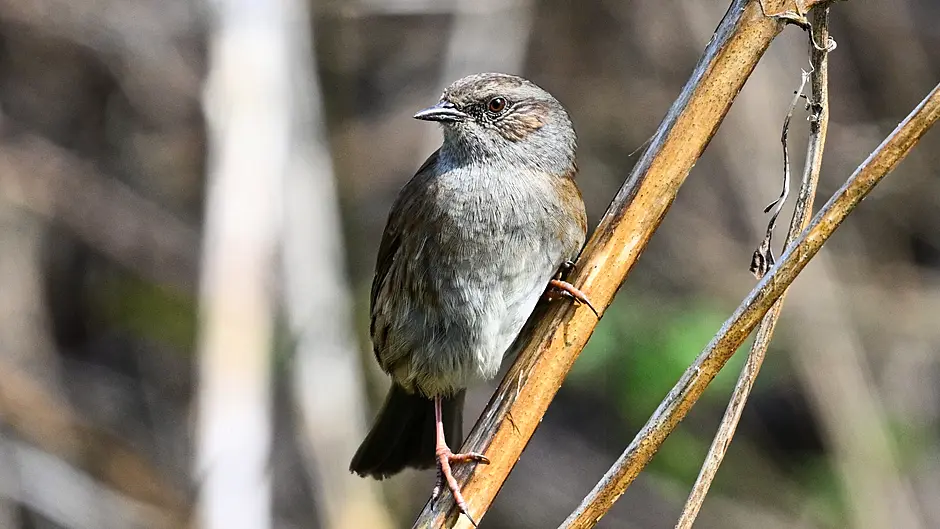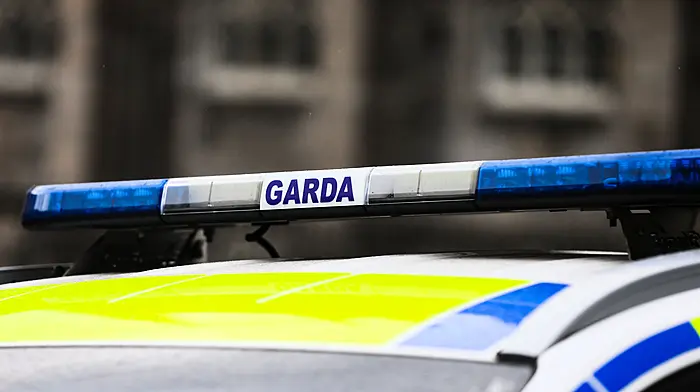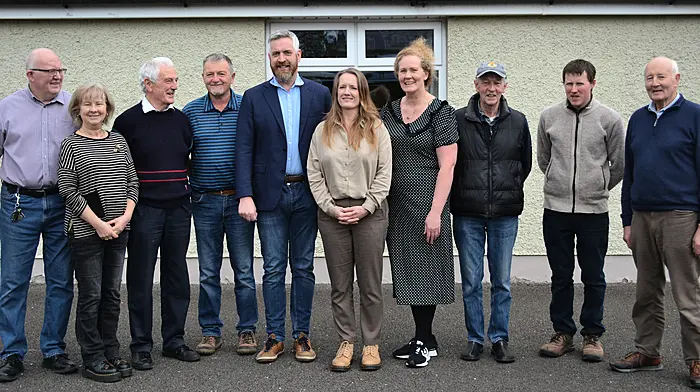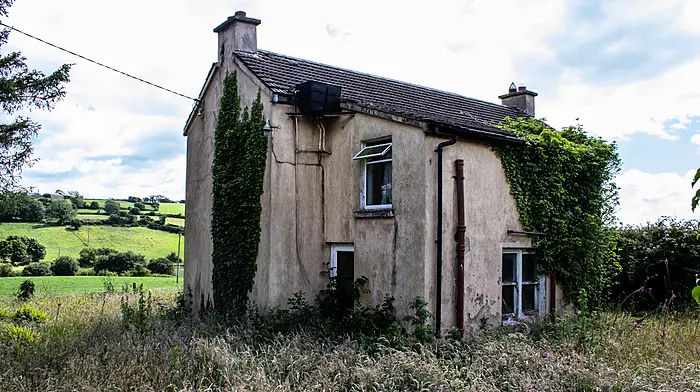
April is a wonderful time to enjoy the outdoors. With spring in full bloom, rising temperatures and longer days encourage many species to become more active, particularly in their efforts to reproduce.
From birds and bees, to butterflies, wildflowers, and mammals, it is fascinating to watch for changes in behaviour and other signs that mark this seasonal shift towards new life.
Wonderful wildflowers
While wildflowers don’t usually peak until the summer, many springtime bloomers are already putting on a splendid show.
Lesser celandines, wild garlic, wood anemones, and primroses are among those brightening up woodlands and verges.
Fortunately for queen bees emerging from their winter retreats, resilient dandelions are also beginning to appear wherever they get the chance.
Dandelions are one of Ireland’s most important native wildflowers, providing a vital early source of nectar for foraging insects.
Busy bees
Queen bees, having spent the winter in hibernation, now take to the air with their energetic buzzing as they search for pollen and nectar to replenish their depleted stores.
For a period in spring, every bumblebee you spot will be female, as only the queens survive the winter.
These queens are on a mission to find a suitable nesting site, lay eggs fertilised the previous year, and start a new colony.
She incubates the first batch of eggs alone, but once they hatch into female worker bees, they take over the duties of rearing the next generations while the queen lays more batches of eggs.
Males will only appear later in the year, their sole purpose being to mate with new queens before the cycle begins again.
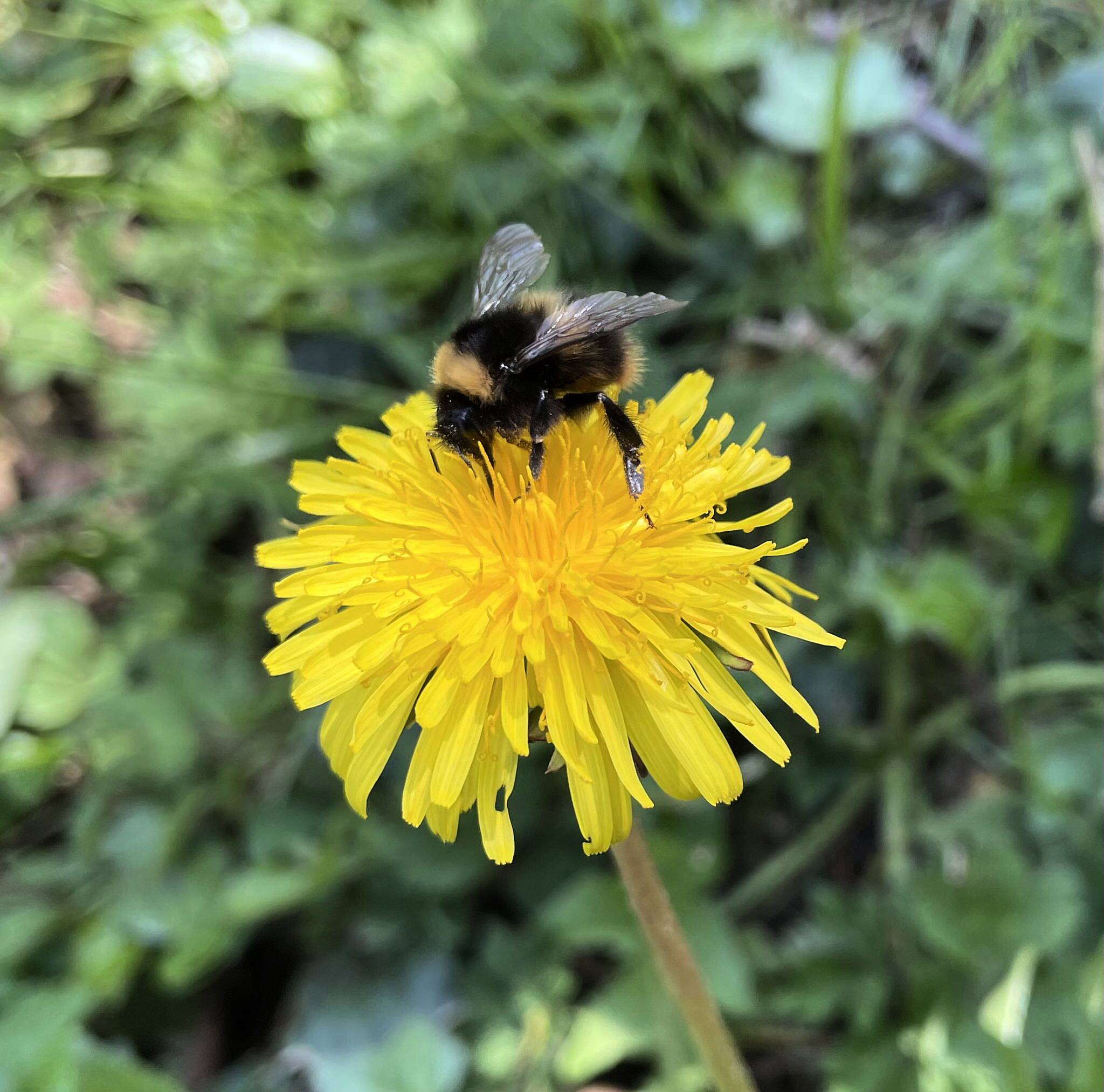 Dandelions provide vital nectar for pollinators in April, for an early bumblebee queen (Bombus pratorum) here. (Photo: Ann Haigh)
Dandelions provide vital nectar for pollinators in April, for an early bumblebee queen (Bombus pratorum) here. (Photo: Ann Haigh)
Butterflies
Spring also brings the first butterflies of the year, including the peacock and small tortoiseshell.
These species overwinter in their adult form, meaning that as soon as temperatures rise, they are ready to emerge in search of food and mates.
You may spot them fluttering in pairs, the males performing aerial displays to impress females.
Look out for them near key caterpillar food plants such as nettles, which is the case for both the peacock and small tortoiseshell.
Once mated, the females will lay their eggs on these plants, ensuring a ready food source for their caterpillars.
Sadly, butterflies are in serious decline. According to the National Biodiversity Data Centre’s Garden Butterfly Monitoring Scheme, in Ireland, 2024 saw a 43.4% reduction in butterfly numbers compared to 2023.
Some species fared worse than others, with red admiral numbers down by 82% and small tortoiseshells by 78%.
This doesn’t appear to be a one-off event; 2024 recorded 63% fewer butterflies than the average of the previous four years (2020–2023).
Conservationists are urging councils and homeowners to leave grass uncut from April to September, a simple step that can greatly benefit butterflies, insects, and other wildlife.
Birds pairing up
One of the greatest joys of spring is watching birds busying themselves with nesting.
Rooks can be seen carrying large twigs, blackbirds smaller ones, while robins gather moss and other soft materials for their nests.
Many species, including blackbirds and robins, have multiple broods per season, so they must start early.
Blue tits, however, only have one brood per year, but they compensate with a high number of eggs, sometimes as many as 16.
They time their egg-laying precisely to coincide with the emergence of caterpillars, ensuring a reliable food source for their chicks.
There is still no nest building by the blue tit visiting our nest box camera, but perhaps there is still time.
The most evocative sound of spring, in my opinion, is the melodic warbling of the skylark. Males soar high above their territory, singing continuously, sometimes for several minutes without stopping, to defend their patch and attract a mate.
Dunnock drama
One bird that truly embraces the chaos of spring is the dunnock. Also known as the hedge sparrow (despite being a member of the accentor family rather than a sparrow), this unassuming little bird has an unexpectedly complex love life.
Dunnocks are known for their infidelity. A female may mate openly with one male while secretly mating with another, encouraging both to help care for her chicks. Males, in turn, may mate with multiple females and assist in raising several broods at once. It is rare in the bird world to copulate as frequently as dunnocks, in her efforts to secure a brood, females may mate twice an hour over their ten-day fertile period.
Mating mammals
Otters, usually elusive, become easier to spot in spring when they are preoccupied with courtship. Males and females engage in playful chasing and mock fighting before mating. While otters can breed year-round, most give birth between May and August, after a nine-week gestation period. This timing ensures their cubs are born in the mildest months, giving them the best chance of survival.
Spring also sees the fascinating boxing displays of Irish hares.
While it may appear that males are sparring over females, it is actually the females fending off over-eager suitors.
Meanwhile, bats are beginning to emerge from hibernation.
Unlike other species, bats do not mate in spring. Females actually mate in autumn but store the sperm throughout winter, only ovulating and becoming pregnant once spring arrives.
With warmer evenings, you may spot them fluttering along country lanes, feeding to build up the energy needed for pregnancy and birth.
This is just a glimpse of some of the activity our wildlife engages in during April, a fascinating time in West Cork’s natural calendar.

